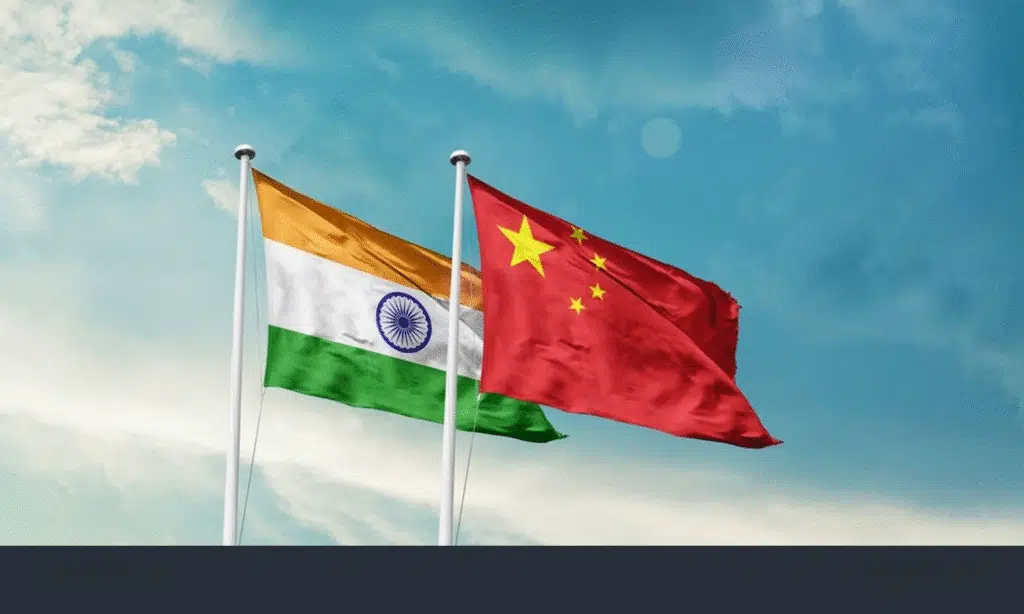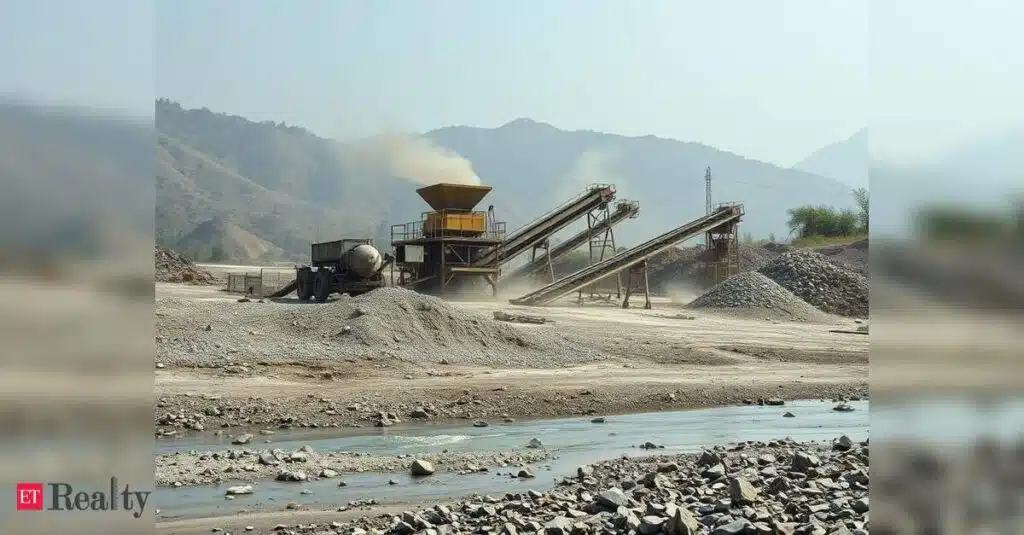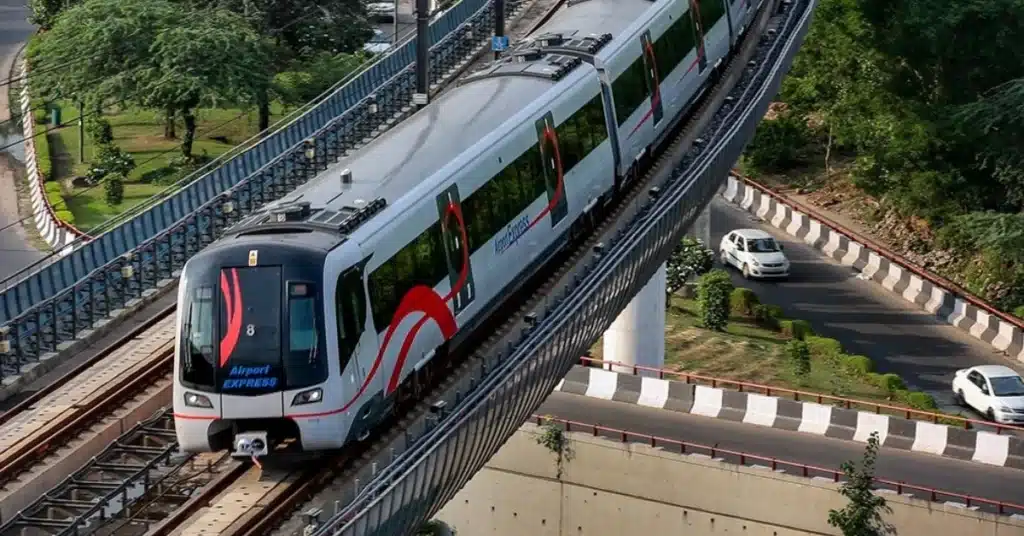Given the immense volume of trade and investment between the two Asian economic powerhouses, a clear and functional tax treaty is essential. The DTAA between India and China serves as this vital instrument, providing a structured framework to regulate the vast economic relationship. Originally signed in 1994 and significantly updated with a protocol in 2018, the DTAA – Double Taxation Avoidance Agreement ensures that individuals and businesses operating across both borders are not unfairly taxed twice, bringing stability and predictability to international financial dealings.
DTAA Between India and China – A Quick Information
This crucial bilateral agreement sets the rules of the road for taxation, preventing fiscal disputes and encouraging continued economic engagement between the two nations.
| Attribute | Details |
|---|---|
| Full Form | Double Taxation Avoidance Agreement |
| Countries | The Republic of India and the People’s Republic of China |
| Effective Since | November 21, 1994 (Protocol effective from 2018) |
| Income Types Covered | Business Profits, Dividends, Interest, Royalties, Fees for Technical Services, Capital Gains. |
| Key Forms | Tax Residency Certificate (TRC), Form 10F |
| Tax Relief Method | Foreign Tax Credit (Credit Method) |
| Governing Bodies | Central Board of Direct Taxes (CBDT) in India; State Taxation Administration (STA) in China |
Objective of the DTAA Between India and China
The strategic objective of the DTAA agreement between India and China is to facilitate the massive flow of trade and capital between the two countries. It achieves this by removing the significant barrier of double taxation, protecting investments from fiscal uncertainty, and creating a cooperative framework for the respective tax authorities. This ensures that revenue is shared fairly and that there are clear rules to prevent tax evasion and avoidance.
Unbeatable Price 5-Star Rated Partner! 2200+ Shades! Top Quality Paint Free Cancellation!

Get a rental agreement with doorstep delivery

Find the BEST deals and get unbelievable DISCOUNTS directly from builders!

5-Star rated painters, premium paints and services at the BEST PRICES!
Key Features of India-China DTAA
The treaty is designed around several key principles that form the basis of its application for individuals and corporations.
Scope of the Agreement
The treaty applies to persons and companies who are considered residents of India or China, or both. It covers taxes on income imposed by the central governments of both nations. For India, this is the income tax, including any surcharge, and for China, it includes the individual income tax and the enterprise income tax.
Who Can Claim DTAA Benefits?
Any individual or company wishing to claim the benefits offered by the DTAA, such as the reduced tax rates, must first establish their status as a tax resident of one of the countries. This is officially done by obtaining a Tax Residency Certificate (TRC) from the tax authorities of their home country. This certificate is the essential document that must be presented to the source country to avail of the treaty benefits.
What are the Tax Relief Methods Used in India-China DTAA?
The primary method used in this treaty to eliminate double taxation is the foreign tax credit method. In simple terms, if an Indian company earns income in China and pays Chinese tax on it, India will allow the company to deduct the amount of tax paid in China from the Indian tax it owes on that same foreign income. This ensures the income is not taxed in full by both jurisdictions. The fundamentals of this are covered in the general Income Tax Rules for NRIs and corporate taxpayers.
DTAA Rates: A Look at the Uniform 10% Structure
A key feature of the DTAA rates between India and China is their simplicity and uniformity for passive income streams, which provides clarity for investors.
| Income Type | DTAA Tax Rate (in Source Country) | Article Reference |
|---|---|---|
| Dividends | 10% | Article 10 |
| Interest | 10% | Article 11 |
| Royalties & Fees for Technical Services (FTS) | 10% | Article 12 |
This consistent 10% rate across these major income categories offers predictability for businesses engaged in cross-border financing and technology transfer. The process for making such payments from India requires adherence to specific regulations, which involve understanding Form 15CA and 15CB for NRIs and corporate entities.
Key Provisions for Businesses and Investors
The treaty contains several important articles that have strategic implications for companies operating between India and China.
Permanent Establishment: The Gateway to Taxation (Article 5)
A cornerstone of the treaty is the concept of a Permanent Establishment (PE). A Chinese company’s business profits are not taxed in India unless it has a PE in India. A PE is a fixed place of business, such as an office, a branch, a factory, or a workshop. The treaty also specifies that a construction or assembly project lasting more than 183 days constitutes a PE, which is a critical threshold for infrastructure and engineering companies to monitor.
Royalties & Fees for Technical Services (Article 12)
For the technology and manufacturing sectors, Article 12 of the DTAA between India and China is particularly important. It caps the tax on payments for the use of patents, trademarks, copyrights, and for technical or consultancy services (FTS) at 10%. This lower rate encourages the flow of technology and expertise between the two nations, making collaborations more financially viable.
Capital Gains on Investments (Article 13)
The rules for capital gains are a key strategic consideration for investors. The treaty allows gains from the sale of shares in an Indian company to be taxed in India. This is a notable difference when compared to more lenient treaties like the one between India and the UAE. For real estate, the rule is straightforward: gains from selling an immovable property are taxed in the country where the property is located. Therefore, a Chinese resident selling a property in India would be subject to Indian capital gains tax and the associated rules for TDS on sale of property by an NRI or foreign entity.
The 2018 Protocol: A Modern Update for Transparency
A significant development in the India-China tax relationship was the signing of a protocol in 2018. This protocol amended Article 26 of the DTAA, which deals with the Exchange of Information. In simple terms, this update brought the treaty in line with the latest international standards on tax transparency. It allows for a more effective and comprehensive exchange of tax-related information between the two countries. This helps both Indian and Chinese tax authorities to detect and curb tax evasion by ensuring that information hidden in the other country can be accessed.
Managing Finances and Assets Across Borders
For individuals and companies with dealings in both India and China, managing finances and assets requires careful planning.For any Indian national working in China or a business with operations there, managing income in India is crucial. Understanding the difference between NRE and NRO accounts is essential for segregating foreign and Indian income for tax purposes.
Investing back into the Indian real estate market is also a common goal. It is wise to conduct Legal due diligence for NRIs investing in Indian real estate to ensure any investment is secure.
How NoBroker Can Help with NRI Services?
For Indian expatriates in China or Chinese nationals managing assets in India, overseeing property can be a complex affair. NoBroker provides a comprehensive suite of exclusive services for NRI property owners to make this process easier. From property management and rental assistance to help with legal documentation and home services, our platform offers a one-stop solution. We ensure your assets in India are managed professionally, giving you peace of mind.
Know More About How DTAA Works in India with Different Countries:
Frequently Asked Questions
Ans: The 2018 protocol was primarily signed to update the ‘Exchange of Information’ clause to meet international standards, allowing for more effective sharing of tax information to prevent tax evasion.
Ans: Yes, the DTAA between India and China specifies a uniform withholding tax rate of 10% for dividends, interest, and royalties/FTS, which simplifies calculations for businesses.
Ans: According to Article 8, profits earned by an enterprise of one country from the operation of ships or aircraft in international traffic are taxable only in that enterprise’s country of residence.
Ans: If your stay in China does not exceed 183 days and your employer is not a resident of China, your salary is taxable only in India as per Article 15 of the treaty.
Ans: The official text of the treaty, often referred to as the DTAA between India and China, can typically be found on the websites of the Indian Income Tax Department or China’s State Taxation Administration.
Loved what you read? Share it with others!
 Jessica,Author
Jessica,Author
Jessica loves to read about everything and is currently deeply interested in real estate. She has 5 years of intense research experience and can bring before you well-informed articles. Jessica enjoys writing and this is seen in her work.
Source link




